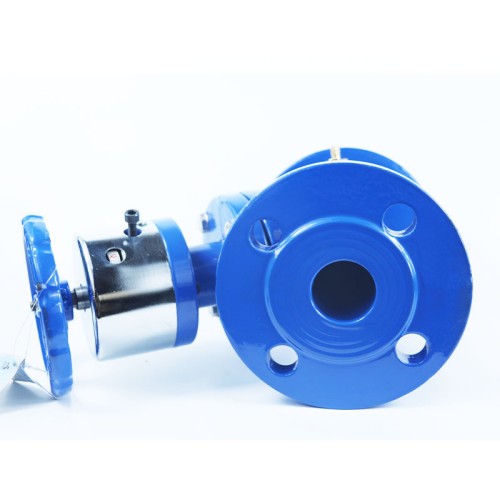40mm pipe fittings
Understanding 40mm Pipe Fittings A Comprehensive Guide
When it comes to plumbing and piping systems, pipe fittings play a crucial role in ensuring the proper flow and direction of fluids. Among the various sizes available, 40mm pipe fittings are commonly used in residential and industrial applications. This article delves into the different types, materials, applications, and installation methods of 40mm pipe fittings.
Types of 40mm Pipe Fittings
1. Elbows These fittings allow for direction changes in piping systems. A 40mm elbow can typically be found in angles such as 90 degrees or 45 degrees, crucial for navigating around obstacles or altering the path of flow.
2. Tees A 40mm tee fitting enables the branching of two pipes at a right angle. This is particularly useful in plumbing systems where water needs to be distributed to multiple outlets.
3. Reducers These fittings are used to connect two pipes of different diameters. A 40mm to a smaller size reducer is often needed in systems requiring a change in flow rate or pressure.
4. Couplings A 40mm coupling is a straight pipe fitting that joins two pipes of the same diameter. This is essential for extending pipe lengths without altering the direction.
5. Caps and Plugs Caps are used to close off the end of a pipe, while plugs fit inside the pipe. Both are important for creating dead ends in a piping system.
Materials Used in 40mm Pipe Fittings
1. PVC (Polyvinyl Chloride) PVC is lightweight, resistant to corrosion, and cost-effective, making it a popular choice for residential plumbing and irrigation systems.
2. CPVC (Chlorinated Polyvinyl Chloride) This material is similar to PVC but can withstand higher temperatures, making it suitable for hot water applications.
3. PP (Polypropylene) Known for its chemical resistance, PP fittings are ideal for transporting aggressive chemicals, making them a favorite in industrial applications.
4. Metal Fittings Options like brass, stainless steel, and galvanized steel offer excellent durability and strength. They are often used in high-pressure applications or where temperature variations are significant.
40mm pipe fittings

Applications of 40mm Pipe Fittings
40mm pipe fittings are versatile and find applications in various fields
- Residential Plumbing Used for water supply lines, drainage systems, and irrigation. - Industrial Use Employed in systems carrying chemicals, oils, and other fluids. - HVAC Important in heating, ventilation, and air conditioning systems for routing ductwork. - Fire Protection Utilized in fire sprinkler systems to ensure effective distribution of water.
Installation Methods
Installing 40mm pipe fittings involves several steps to ensure a secure and leak-free connection
1. Preparation Start by cutting the pipe to the desired length. Ensure the cut is clean and straight for optimal fitting.
2. Cleaning Remove any burrs or uneven surfaces from the pipe using a file or sandpaper. Clean the interior of the fitting as well to guarantee a strong bond.
3. Joining Depending on the materials, various joining methods can be employed
- Solvent Welding For PVC and CPVC fittings, apply a suitable solvent cement to both the fitting and pipe, then push them together and hold for a few seconds until set. - Threading For metal fittings, pipe threads should be wrapped with Teflon tape before being screwed into the fitting for a watertight seal.
- Heat Fusion For polypropylene fittings, heat the pipes and fittings together until they melt slightly, then press them together to form a strong bond.
4. Testing After installation, it's essential to test for leaks. This can be done by pressurizing the system and checking all joints.
Conclusion
40mm pipe fittings are integral components in various piping systems, offering flexibility, reliability, and efficiency. Understanding the different types, materials, applications, and installation techniques can significantly enhance the effectiveness of plumbing and industrial systems. Whether for home improvement projects or industrial applications, selecting the right fittings is essential to ensure durability and functionality.
-
The Key to Fluid Control: Exploring the Advantages of Ball Valves in Industrial SystemsNewsJul.09,2025
-
The Versatile World of 1, 2, and 3 Piece Ball ValvesNewsJul.09,2025
-
Stainless Steel Ball Valves: The Ideal Choice for Efficient Flow ControlNewsJul.09,2025
-
Optimizing Fluid Control with Ball Float ValvesNewsJul.09,2025
-
Manual Gate Valves: Essential for Control and EfficiencyNewsJul.09,2025
-
Everything You Need to Know About Butterfly ValvesNewsJul.09,2025
-
The Versatility of Wafer Type Butterfly ValvesNewsJul.08,2025




